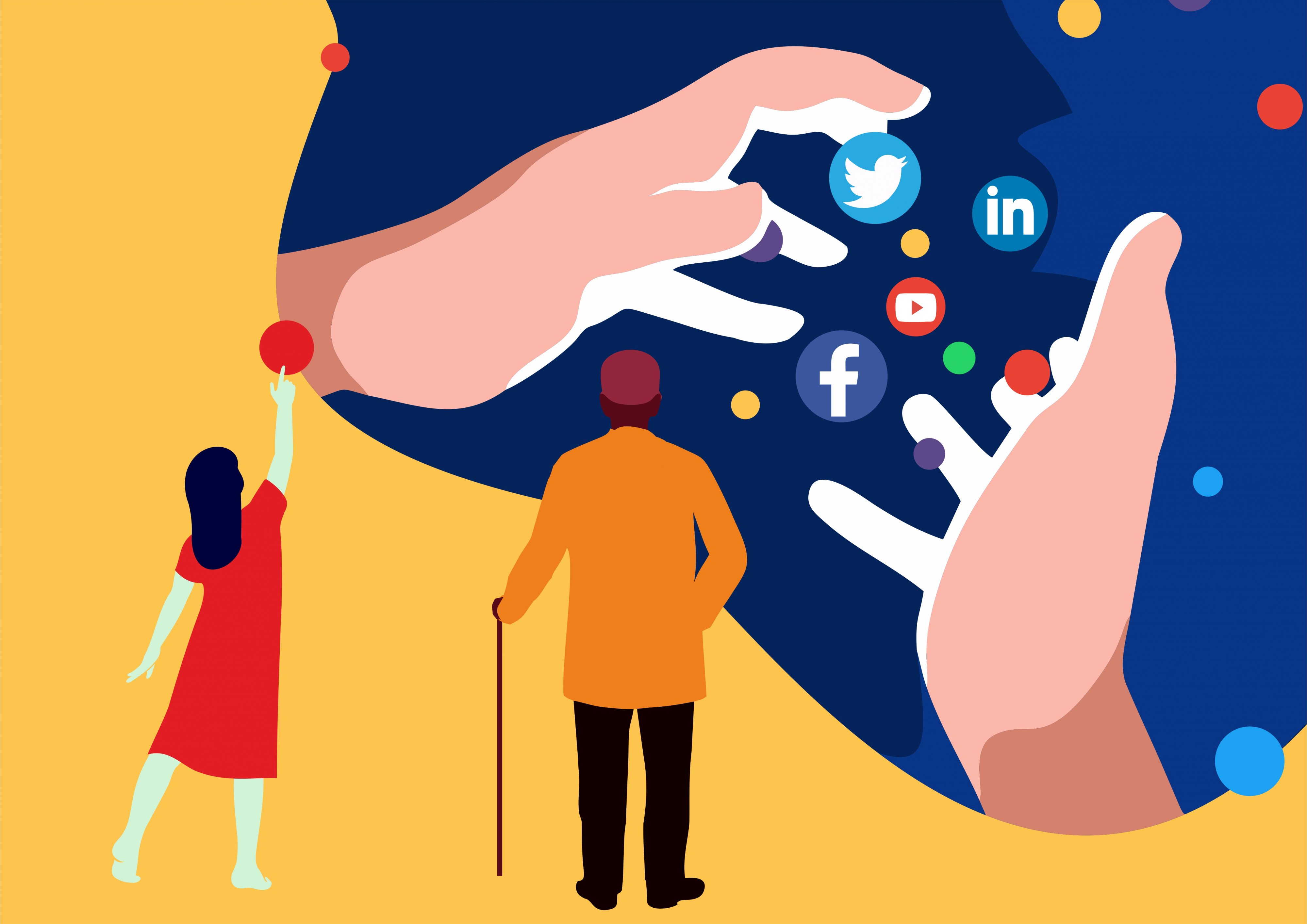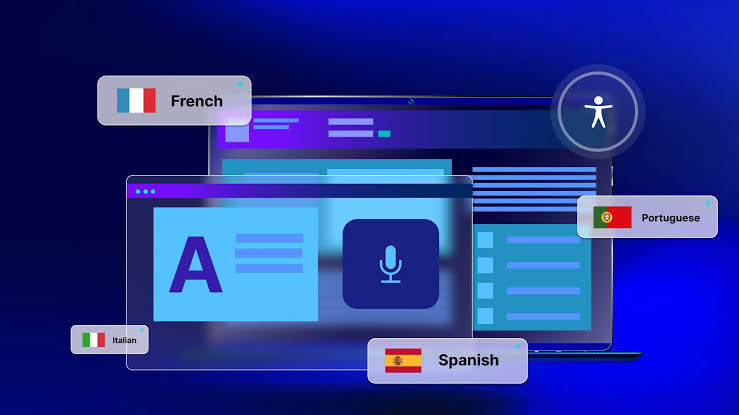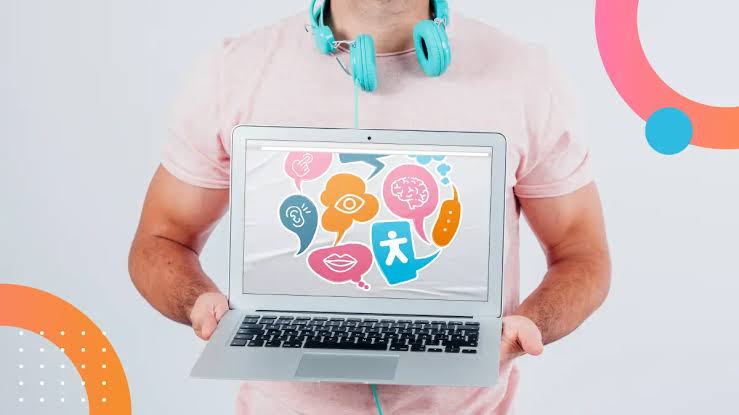Subtotal: $4398.00

In today’s digital-first world, creating inclusive content isn’t just a nice-to-have — it’s a must. As businesses expand globally, ensuring digital accessibility and accurate translation is crucial to reach every user, regardless of their language, ability, or background.
Why Accessibility Matters
Accessibility in digital content means designing websites, apps, and media that people with disabilities can use. That includes users with visual, auditory, motor, or cognitive challenges. But here’s the thing — accessibility doesn’t just benefit people with disabilities. It improves user experience for everyone. Think subtitles in videos, screen reader compatibility, or simple navigation — all of these make digital platforms easier to use for all.

The Role of Translation in Accessibility
Now, let’s talk translation. What’s the point of having a perfectly accessible site if your target audience can’t understand the language? That’s where professional translation services come in. Quality translations go beyond word-for-word swaps — they involve localization, cultural relevance, and tone adaptation.
For businesses going global, investing in website translation and localization is key to connecting with diverse audiences. Pair that with accessible design, and you’ve got content that speaks to everyone — literally and figuratively.

How the Translation Industry is Driving Inclusion
The language services industry is evolving fast. With the rise of AI translation tools, multilingual SEO, and real-time interpreting, there’s no excuse for leaving anyone behind. Agencies now offer inclusive content translation, ensuring that not only is the language correct, but the format is accessible — think alt text for images, translated captions, and voiceovers.
Final Thoughts
Inclusive digital content isn’t just about ticking boxes. It’s about empathy. It’s about meeting people where they are — in their language, with their abilities, and on their terms. When accessibility and translation go hand-in-hand, the internet becomes a more welcoming place for everyone.
Whether you’re a small business owner or a global enterprise, prioritizing digital accessibility and translation services isn’t just good practice — it’s the future.